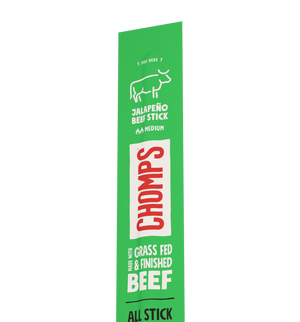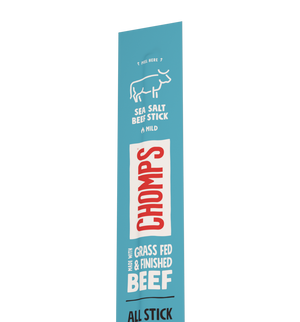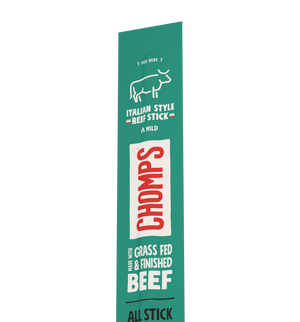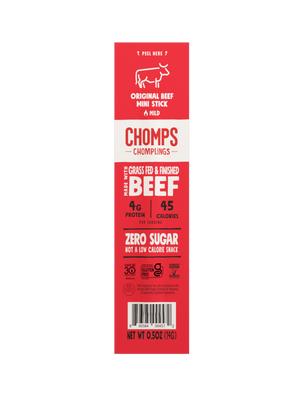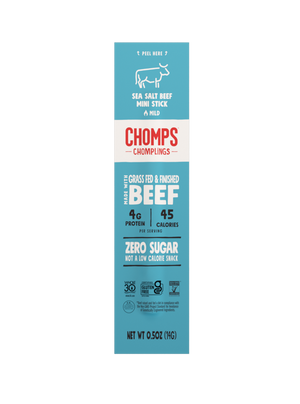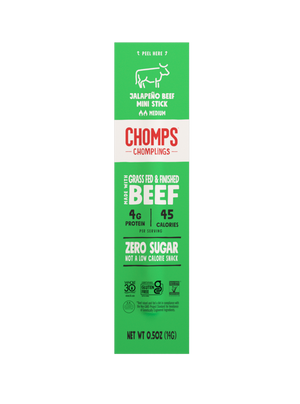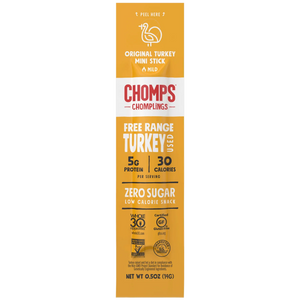Omega-3 and Omega-6 fatty acids are getting plenty of attention these days as research findings continue to show that the right balance between Omega-3s and Omega-6s plays a major role in health and wellness.
You may notice on the two lists below that grain-fed beef is one of the top inflammatory foods while grass-fed beef is one of the top inflammation-fighting foods. So why does grass-fed beef differ so dramatically from its grain-fed counterpart?
First, let's get a better understanding of these fatty acids.
| Top 15 Inflammatory Foods | Top 15 Inflammation Fighting Foods |
| Sugar | Green leafy vegetables |
| Vegetable oil | Bok choy |
| Fried foods | Celery |
| Refined flour | Beets |
| Yeast | Broccoli |
| Dairy | Blueberries |
| Artificial sweeteners | Salmon |
| Artificial additives | Grass-fed beef |
| Saturated and trans fats | Bone broth |
| Conventional grain-fed meats | Walnuts |
| Conventional processed meats | Coconut oil |
| Gluten from store-bought bread | Chia seeds |
| A second alcoholic drink | Flaxseeds |
| Trans fat foods | Turmeric |
| Fast foods | Ginger |
What Are Omega-3s and Omega-6s?
They are both essential, polyunsaturated fatty acids that we must get from the foods we eat because our bodies don’t produce them. Both fatty acids play key roles in the healthy functioning of our bodies, affecting such areas as cell membrane structure, energy, the functioning and development of the retina, brain, and nervous system, as well as fighting inflammation.
Although both fatty acids are good for you, the trouble comes when the ratio of Omega-3s and Omega-6s gets out of balance. Our western diet of highly inflammatory foods and too few anti-inflammatory foods is causing a dangerous imbalance leading to serious health problems—coronary heart disease, asthma, cancer, autoimmunity, and neurodegenerative diseases, all of which have roots in the body’s inflammation.
The French Food Safety Agency suggests that the correct ratio for Omega-6s to Omega-3s should be 5:1, representing an intake of 5 molecules of omega-6 per 1 molecule of omega-3.
More Omega-3s in Grass-fed Beef
Alpha-linolenic acid (ALA) is one of the three types of Omega-3 fatty acids. It is found only in plants such as nuts, seeds, and the pasture grasses cows graze on. This fact is one of the primary reasons beef from grass-fed cows is an anti-inflammatory food loaded with nutrition.
For example, a 3.5 ounce serving of delicious grass-fed beef has approximately 80 milligrams of omega-3’s, double the amount in conventional grain-fed beef. In stark contrast to grass-fed cows, factory-farmed cows are fed a mixture of inflammatory ingredients including GMO grains sprayed with pesticides, same-species by-products from diseased animals, cheap candy, drugs, chemicals, and even plastics.
The right balance of Omega-3's and Omega 6's plays an essential role in our overall health, protecting us from chronic, life-threatening diseases that are fueled by an excess of inflammatory foods. There is no doubt that choosing grass-fed beef over grain-fed beef will help you achieve health and wellness goals even faster.


